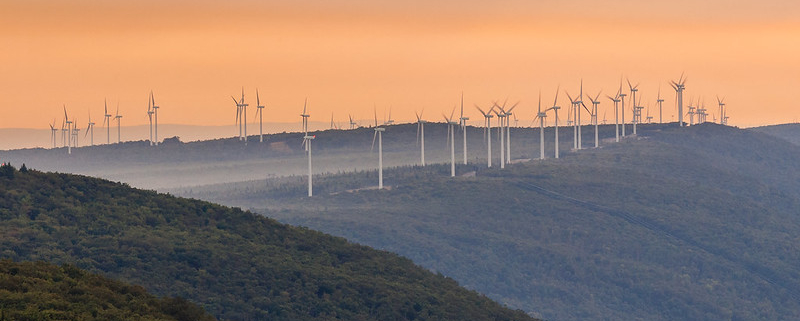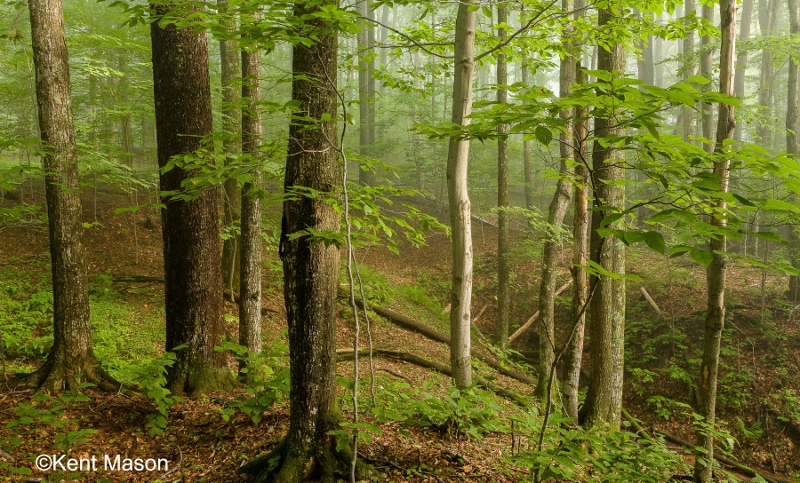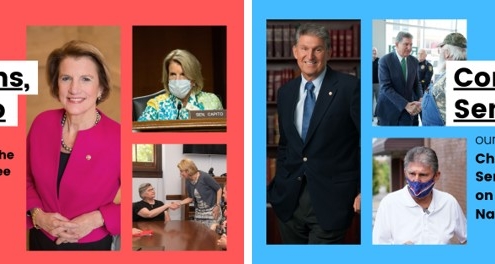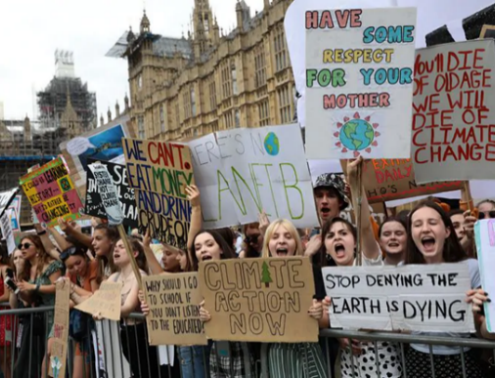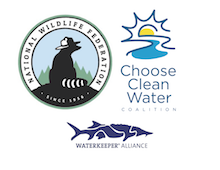Climate Change in West Virginia
Human activities, like electricity, transportation, and agriculture, have produced greenhouse gasses that trap heat in the atmosphere causing the “greenhouse effect” and warming of the planet. This has led to long-term shifts in weather patterns and temperatures and is called “climate change.” More frequent and intense weather events are effects of climate change, and severe flooding, heatwaves, wildfires, and drought are all examples of climate impacts.
Global scientific consensus confirms that reducing greenhouse gas emissions is the most effective way to avoid the worst impacts of climate change. Climate solutions like protecting our waters and forests can help us reduce emissions by storing carbon, adapt to unavoidable impacts like floods, and improve our air and water quality. West Virginias forested mountains and abundant freshwater provide opportunity to make the most of these natural climate solutions.
As our world embraces an inevitable energy transition. Communities on the “frontlines” of climate change experience increased impacts. This includes communities that have historically depended on fossil fuels as an economic driver. “Climate justice” and a “just transition” seek to address inequities caused climate change.
Looking to learn more about climate change? The five pillars of the West Virginia Climate Pledge are a great place to start! Check out the pledge and its educational resources to dive deeper into the causes, impacts, and solutions to climate change.

